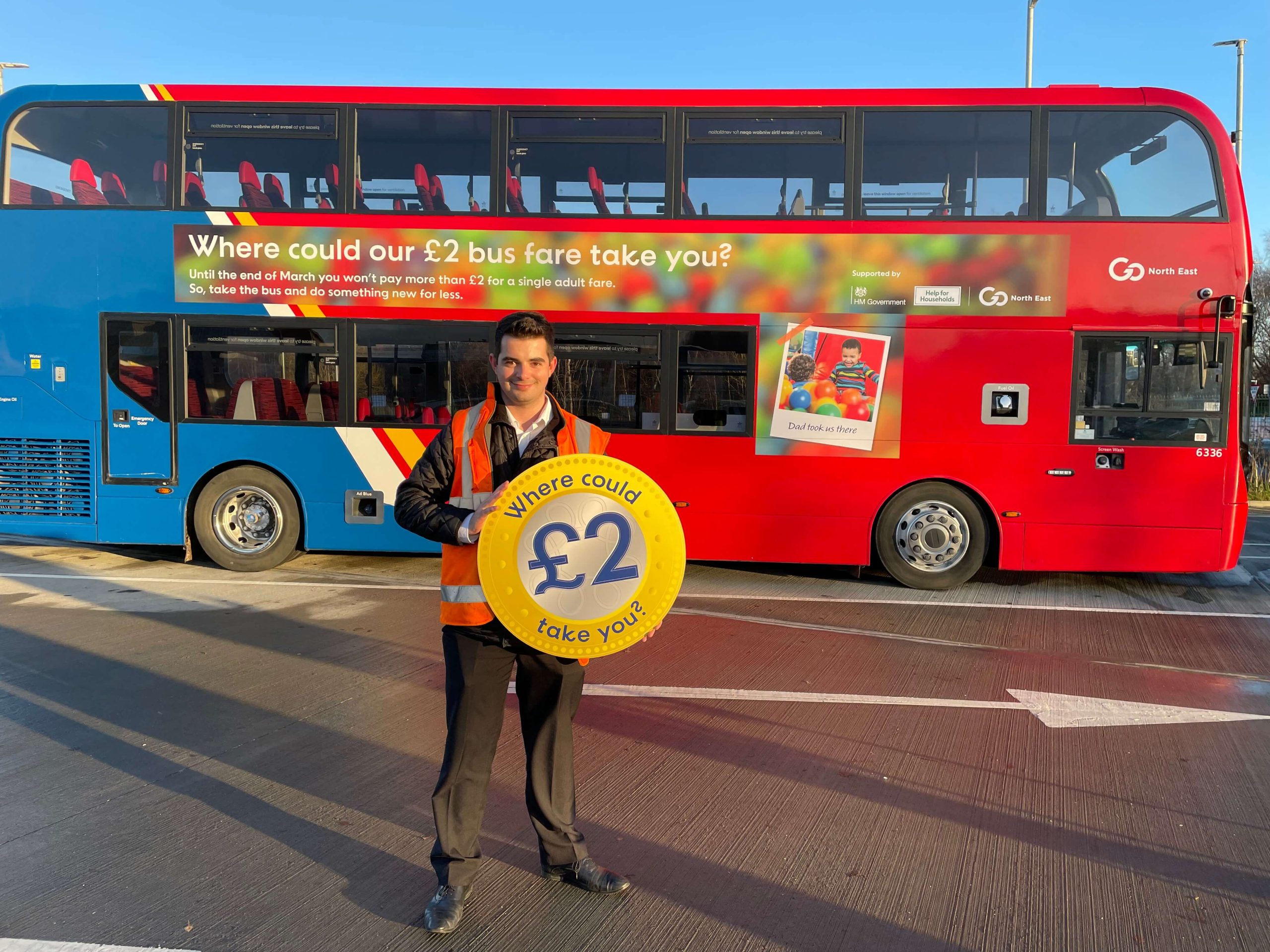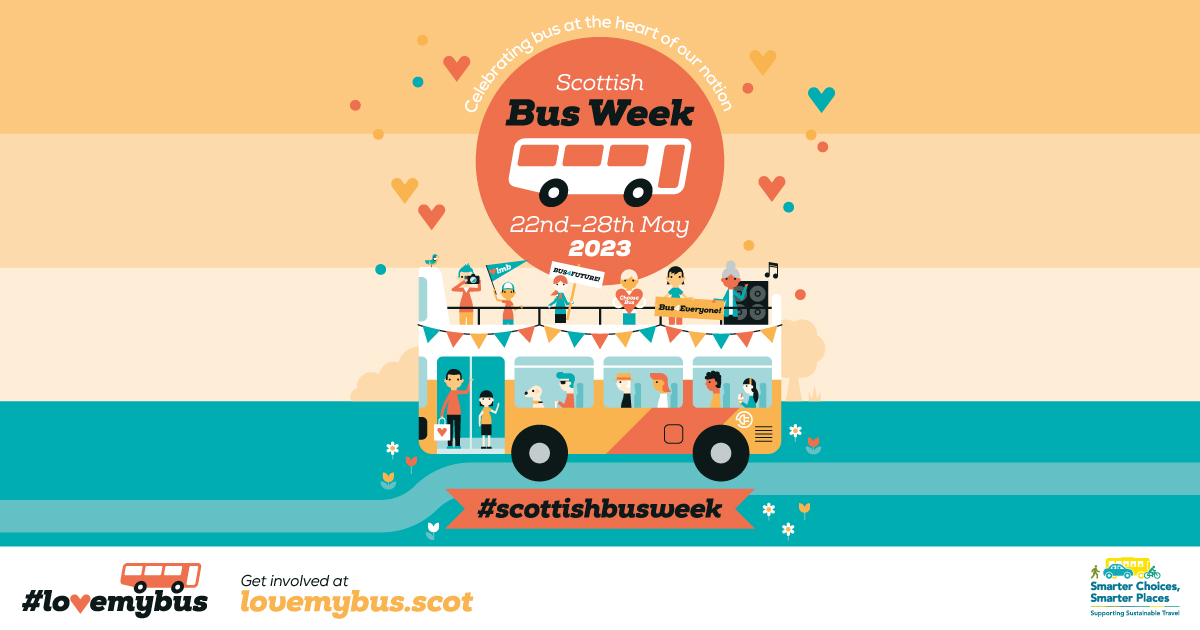The government’s initial report on the bus fare cap in England concludes take-up of the £2 single fare offer varies “significantly by region, rurality, household income and car ownership”.
The evaluation, which is used to assess the effect of the scheme in the first month of its introduction in January, took data from data from Ticketer, operators and public surveys. Its publication coincides with the government’s announcement on Wednesday that the Bus Fare Cap Grant (BFCG) would be extended until November 2024.
The public responses were taken from the first two of four planned surveys – in December 2022 and February this year – with the others to follow in the coming months.
The Department for Transport says that “the data is not sufficient to be able to draw conclusions on the key drivers of outcomes”. It adds it is “intended to provide the baseline against which the impacts of the scheme can be considered and to provide early insights into important factors such as awareness of the scheme, early signs of patronage change, and how the scheme has been experienced so far by different groups and in different locations.”
Full survey results have not been published but DfT reports that respondents in the North West were most likely to report using the fare cap and those in the South East were least likely to. Take-up was higher in urban than rural areas, the survey indicated. Respondents without access to a car or a van as a driver were more likely to report paying the capped fare than those with.
DfT claims overall awareness of the fare cap was good. Following its launch in January, 69% of survey respondents said they were aware of it. National news (28%) was given as the top means by which they heard about it.
Patronage on buses was 23% higher at weekends and 18% higher on weekdays over the four weeks from 2 January 2023 compared to the same period in 2022.
Comparing the 4-week period from week 2 January 2023 with the same 4-week period in 2022 suggests a year-on-year patronage increase of 23% at the weekends, compared to 18% on weekdays. DfT adds: “The emerging evidence is unclear about whether changes in patronage are associated with the relative magnitude of change in fares.”
Of the 35% who said they had increased their bus use since 1 January, just under 50% said the additional journeys would have otherwise been made using a different type of transport.
Among the main barriers cited to using buses more, 21% of those who had paid the £2 fare cited modal preference, 21% cited cost of living reducing journeys overall and 18% said the scheme did not lead to cheaper fares.
For those who were “somewhat or fully aware” of the scheme but had not availed themselves of it, the main barriers to more usage were service eligibility (28%), ease of purchasing their usual ticket (26%) and lack of any bus travel at all (24%).
From interviews with mix of nine large and small operators, DfT reports most were supportive of the scheme and were positive about the marketing toolkit and reimbursement timeliness. Operators also found the scheme to be low-risk, the analysis showed.
They main concerns were over timescales for initial launch, responses to clarifications, data requirements and the effect of a “sudden end” to the scheme.
The BFCG was due to initially last three months but was then extended to June before the latest development which will see fares capped at £2 until 31 October 2023 and then £2.50 for the remainder of the scheme.
According to DfT, 148 operators have voluntarily joined the scheme, representing around 90% of the total market in England by patronage.



























